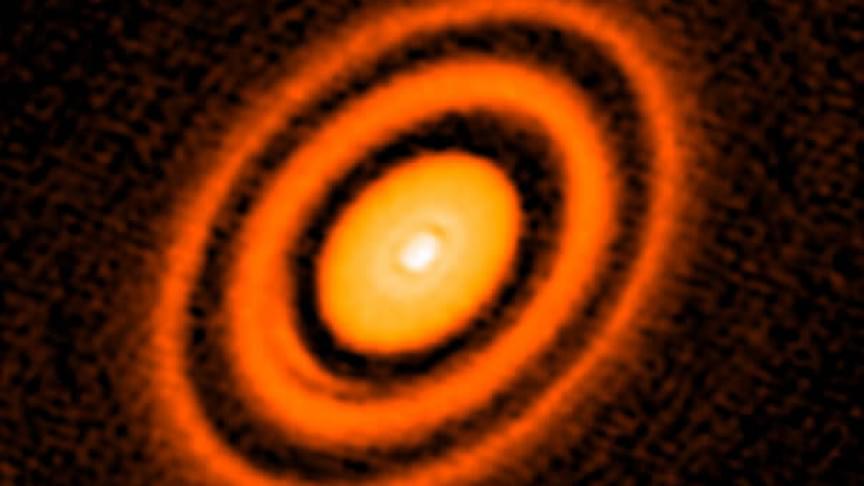These features could have a special significance for the Earth’s evolution.
When it comes to the universe and all of its mysteries, there are many things we know we don’t know. Some are minor and mostly inconsequential, but there are other cosmological unknowns that leave huge blanks in our understanding of how things work on large and small scales. How our planet was created is one such mystery. Let’s go all the way back to the beginning when the Sun was just a clump of gas and dust to understand how our solar system may have formed.
## How stars form.
Traditional wisdom says that all stars spawn from immense clouds of spinning gas and dust, known as molecular clouds, often containing the mass of hundreds of millions of stars. The environment within these stellar nurseries tends to be extremely turbulent, preventing all of the gas and dust from being distributed evenly throughout the molecular cloud. Drawn together by the forces of gravity, once enough matter has collected in one area, the cloud begins to heat up and ultimately collapses under its own weight — creating something known as a protostar. Feeding off the material encircling it, the protostar eventually becomes hot and large enough to jumpstart the process of thermonuclear fusion.
Full Story:
Research has helped us understand how planets form, like Earth and planets like Jupiter and Neptune.
